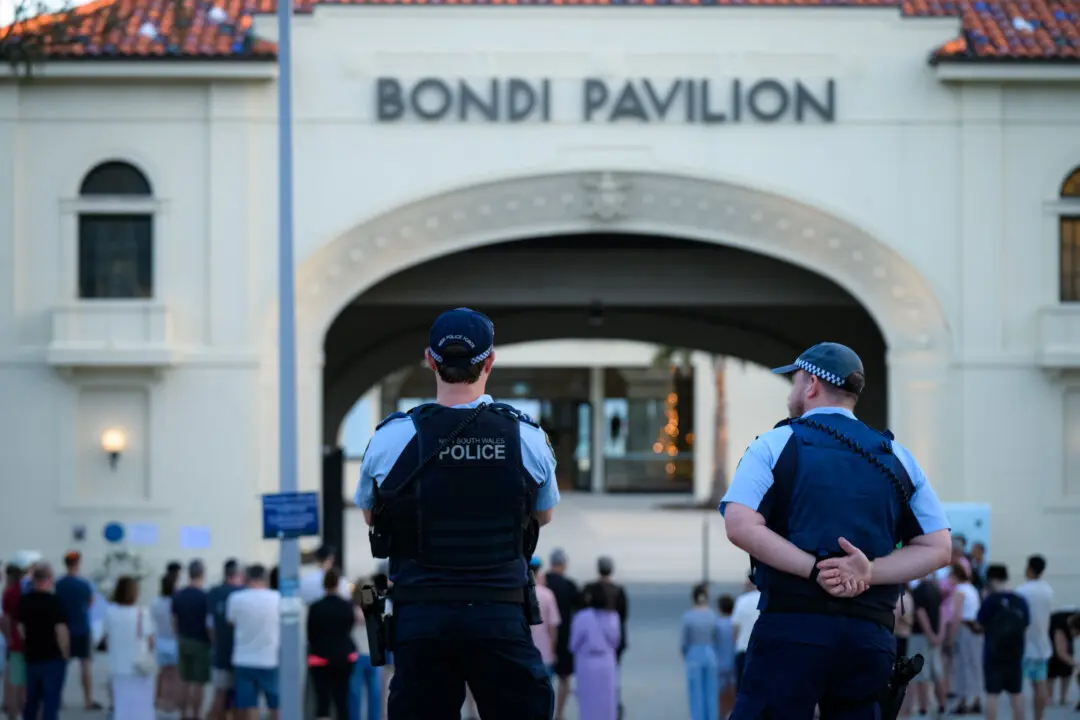Victoria has recorded Australia’s highest daily figure of 484 new coronavirus cases, as data reveals nine in 10 people did not isolate between feeling sick and being tested.
It comes as two male aged care residents in their 90s died from the virus overnight, bringing the number of deaths in Victoria to 44 and the national toll to 128.





